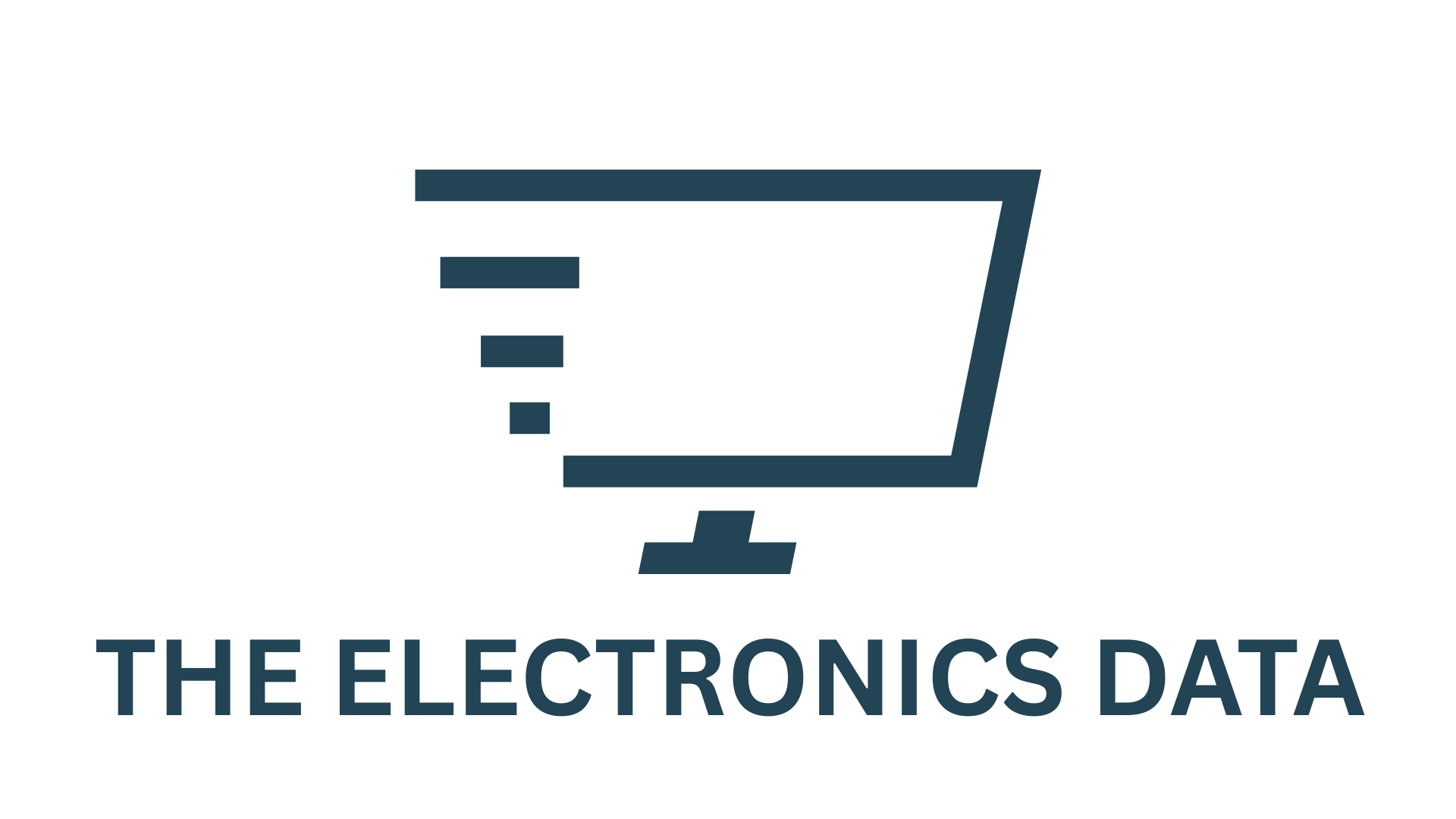Murata Launches World’s First Mass Production of 47µF Multilayer Ceramic Capacitors in 0402-inch Size
Murata Manufacturing Co., Ltd. has officially begun the world’s first mass production of 47µF multilayer ceramic capacitors (MLCCs) in the ultra-compact 0402-inch size (1.0 × 0.5 mm). This technological milestone sets a new standard in capacitor miniaturization, combining high capacitance and small form factor to meet the growing needs of advanced electronic systems. The newly developed MLCCs come in two versions, each tailored with specific temperature characteristics, aimed at improving electronic system integration, thermal reliability, and spatial efficiency.
In recent years, the growth of high-performance electronics—particularly in applications such as AI servers, data centers, and next-generation computing hardware—has created a pressing need for compact components with high capacitance. These environments demand higher processing speeds and increased data throughput, which in turn generates more heat and calls for tighter PCB layouts. Consequently, manufacturers are under pressure to reduce component size without compromising functionality, performance, or reliability.
Murata has responded to this demand by leveraging its advanced proprietary technologies, including miniaturized internal electrodes and high-dielectric ceramic layers. These innovations have enabled Murata to shrink the capacitor footprint significantly while boosting its capacitance, making it possible to deliver 47µF of capacitance in a package that previously maxed out at much lower values. Compared to Murata’s existing 0603-inch (1.6 × 0.8 mm) product with the same 47µF rating, the new 0402-inch capacitor offers approximately a 60% reduction in mounting area. This allows designers to free up valuable board space or add more functionality within the same physical dimensions.
The new MLCC also doubles the capacitance performance relative to Murata’s previous 0402-inch product, which had a maximum capacitance of 22µF. This breakthrough not only extends the functional range of MLCCs in miniature formats but also sets a new benchmark for power supply decoupling and energy storage in space-constrained devices.
The new 47µF MLCCs are available in two temperature-characteristic variants to suit different application environments. The first version, labeled GRM158R60E476ME01, conforms to the X5R standard (EIA), supporting an operating temperature range from -55°C to +85°C. The second version, GRM158C80E476ME01, meets the X6S standard (EIA), expanding the upper temperature limit to +105°C. This extended range makes the X6S variant particularly suitable for use in thermally demanding areas, such as near high-power integrated circuits or in densely populated system-on-chip configurations. Both models support a rated voltage of 2.5V DC and carry a ±20% tolerance.
By providing higher capacitance in smaller footprints and supporting higher operating temperatures, Murata’s new MLCCs are expected to play a key role in enhancing the thermal and electrical performance of compact, high-speed devices. These characteristics are particularly valuable in modern electronics where every millimeter of space counts and thermal management is a critical design challenge.
In addition to boosting system-level performance, the new MLCCs contribute to broader sustainability and manufacturing efficiency goals. Smaller components with higher functionality lead to more compact devices, reducing material usage per unit. Furthermore, enhanced performance at higher temperatures may decrease the need for extensive cooling solutions, thus lowering system-level power consumption.
Murata also notes that increased efficiency in MLCC production translates to reduced energy consumption during manufacturing, contributing to its long-term commitment to environmental stewardship. By introducing high-capacitance miniaturized MLCCs into mass production, the company not only supports the evolution of electronics toward more compact and powerful designs but also aligns with global efforts to minimize the carbon footprint of manufacturing processes.
Looking forward, Murata plans to continue refining its materials and production technologies to push the boundaries of miniaturization and performance. The company remains dedicated to delivering components that meet and exceed the expectations of engineers and system designers worldwide, particularly in fast-evolving sectors such as artificial intelligence, cloud computing, telecommunications, and industrial automation.
With this pioneering move into 47µF MLCC production in the 0402-inch form factor, Murata has reaffirmed its position as a global leader in electronic components and a key enabler of the next generation of miniaturized, high-performance electronics.
